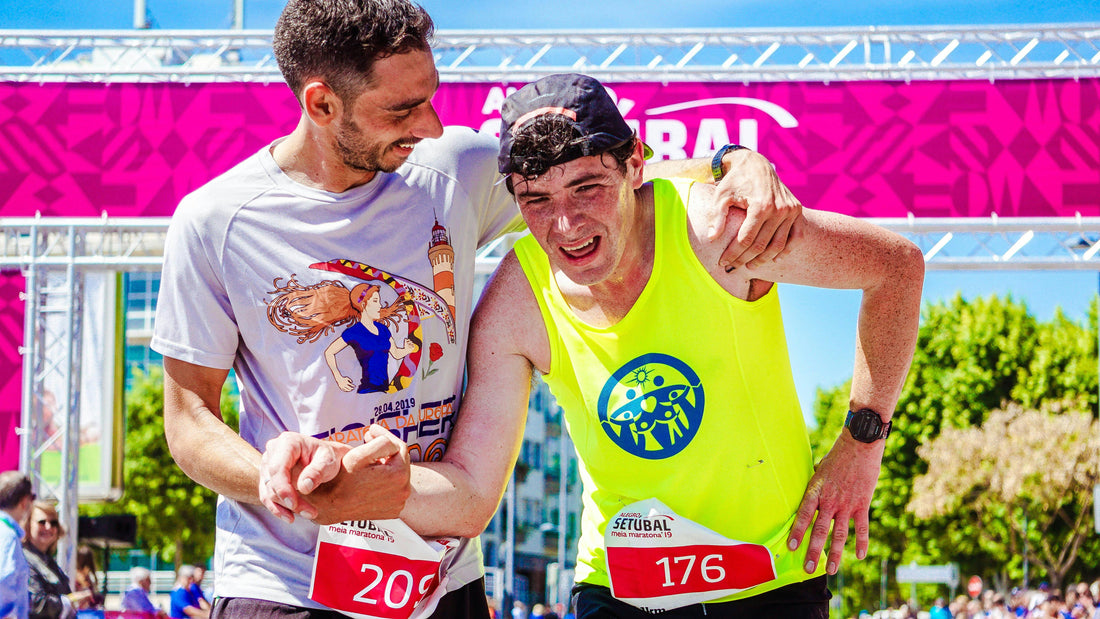
Essential Planning Guide for organising a Marathon
Share
Planning a marathon is no small feat, especially when it comes to ensuring that every runner has access to the hydration and supplies they need along the course. From calculating how much water to provide to anticipating the demands of different weather conditions, there are a lot of moving parts to consider. To make sure everything goes off without a hitch, it’s important to break down each aspect of the planning process. Here, we’ll walk through the key factors you need to keep in mind to keep your marathon running smoothly—from the number of participants to the importance of contingency planning. By covering all these bases, you’ll be well-prepared to keep runners hydrated, happy, and on the move.
1. Number of Participants
Okay, so the first thing we need to know is how many runners are actually signed up for the marathon. This number is our starting point for everything else—like how much water, sports drinks, and other supplies we’re going to need. If we get this wrong, we might end up either running out of stuff or wasting a ton of it, which nobody wants.2. Number of Hydration Stations
Next up is figuring out how many hydration stations we’re going to have along the course. These are the spots where runners can grab a quick drink and keep going. The number of stations will help us figure out how to divide up all the supplies so that every runner has what they need, no matter where they are on the course.
3. Average Consumption per Runner
Now, let’s talk about how much each runner is likely to drink at each station. On average, runners tend to grab about 4-8 ounces of water or sports drink at each stop. Knowing this helps us calculate how much liquid to have on hand at each station. We don’t want to run out, but we also don’t want to have a ton left over.
4. Course Length and Station Placement
The marathon is 26.2 miles (or 42.195 kilometers), and we need to decide where to put those hydration stations along the route. If they’re too far apart, runners might get dehydrated; too close together, and it might be overkill. Getting this right is key to making sure runners have enough chances to hydrate without overwhelming them with too many stops.
5. Weather Conditions
Weather is a biggie. If it’s going to be hot and humid on race day, runners are going to need a lot more fluids to stay hydrated. Cooler weather might mean they drink less, but we might need to think about other things, like warm drinks or extra layers at stations. Planning for the weather ensures we’re ready for anything, and runners are comfortable and safe.
6. Runner Pace and Distribution
Not all runners move at the same pace, right? Some are fast, some are slower, and that means they’ll hit the hydration stations at different times. By knowing the range of finishing times, we can anticipate when certain stations will be busiest. This way, we make sure supplies are ready when the bulk of the runners arrive, avoiding any chaos or shortages.
7. Volunteer Availability
We can’t forget about the volunteers—they’re the ones handing out drinks and keeping everything running smoothly at the stations. We need to know how many volunteers we have and when they’ll be available. This helps us plan how many stations we can actually staff and how efficiently we can serve the runners.
8. Type of Supplies
There’s more to it than just water. We need to think about cups, tables, trash bins, energy gels, and even cleaning supplies for each hydration station. Making sure we’ve got everything covered means we won’t be scrambling to find a missing item on race day. Plus, it helps with managing waste and keeping the event environmentally friendly.
9. Contingency Planning
You never know what might happen on the day of the race—more runners than expected, a sudden heatwave, anything. That’s why it’s smart to have a backup plan with extra supplies ready to go. This way, if something unexpected happens, we’re prepared and can keep the race running smoothly without any hiccups.
10. Historical Data from Previous Events
Finally, it’s always a good idea to look at what happened in past marathons. How much water did runners drink? Were there any issues with supply shortages? Using this data helps us make better decisions this time around, so we can learn from past experiences and make this marathon the best one yet.

